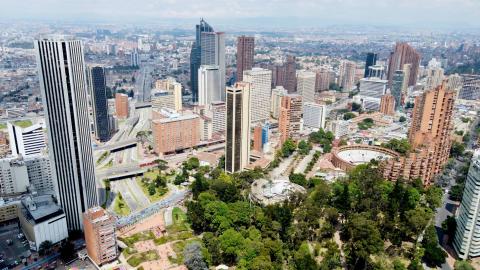
Sicomines: How the EITI in DRC helped secure 4 billion in additional revenue
EITI reporting informs government review of copper-cobalt project, which more than doubled in value following renegotiations with China.
The Democratic Republic of the Congo’s abundant copper and cobalt reserves have captured widespread attention, particularly amid the surge in demand for low-carbon technologies over the past decade. The country is said to account for 70% of global cobalt production and 9% of copper. If mining projects are managed well, the potential economic benefits for the country are great. Yet the DRC’s mining sector has been subject to considerable scrutiny, with one specific copper-cobalt project standing out as of late.
In 2008, the Sicomines project – short for Sino-Congolese mining – raised high hopes for the country. The agreement was signed between the DRC government and a group of Chinese investors, who would obtain a 68% stake in the copper-cobalt joint-venture. In exchange, the Chinese party would build roads and hospitals financed by mining revenues. With an investment originally valued at USD 3 billion, the deal was considered as a symbol of the excellent cooperation between both nations, referred by the press as the “contract of the century”.
The country is said to account for 70% of global cobalt production and 9% of copper.
Years later, however, the Congolese public began to have doubts about the project’s outcomes. Questions were raised about whether infrastructure promises were being fulfilled and whether the deal truly profited the country.
To address these concerns, the DRC’s EITI multi-stakeholder group (ITIE-RDC) commissioned a study to evaluate the agreement. Published in December 2021, the study came to the harsh conclusion that the joint-venture agreement presented "an unprecedented harm in the history of the DRC". It denounced the imbalance of capital distribution (32% for the Congolese government), a biased feasibility study as the basis for the investment decision, and an undervaluation of the copper reserves. Critical infrastructure projects remained unrealised, while a 2017 contract amendment – which was only disclosed after the legal deadline – diverted profits to shareholders rather than reimbursing investments first, as initially planned. Despite granting tax exemptions under the assumption of reimbursement, the project failed to meet its obligations.
Months before the publication of the report, President Tshisekedi of the DRC had already expressed a desire to renegotiate unbalanced contracts in favour of “win-win deals”. Prompted by the debate around the project and ITIE-RDC’s findings, he instructed his departments – the Ministry of Mines and, later, the General Inspectorate of Finance, an auditing body in the public sector – to investigate the 2008 agreement that gave birth to Sicomines, as well as the corresponding annexes and amendments. He also set up a Sino-Congolese commission in charge of finding a better balance of interests, with contributions from ITIE-RDC.
The findings of ITIE-RDC’s study informed and were later corroborated by the audit of the General Inspectorate of Finance, fuelling renegotiations with the Chinese investors. The report highlighted that Chinese companies had earned nearly USD 10 billion in profits, whereas the DRC received only USD 822 million in infrastructure in return. New arrangements were reached, notably following President Tshisekedi's visit to China, where the project was reportedly discussed at the highest level in May 2023.
If managed well, the deal could present a formidable opportunity for economic development in the DRC.
In January 2024, the DRC government announced that it successfully increased the infrastructure budget from USD 3 billion to 7 billion thanks to the renegotiated agreement with Chinese investors, marking a substantial increase from the original deal. The fifth amendment to the initial deal was signed this month. The loans, covering both the initial capital and accrued interest, are expected to be repaid by 2028, before the renegotiation of SICOMINES' new share capital structure. If managed well, the deal could present a formidable opportunity for economic development in the DRC, which has a population of nearly 100 million and is considered one of the poorest nations in the world.
By aligning its efforts with national priorities, ITIE-RDC leveraged EITI disclosures to conduct analysis and stimulate public debate.
The case demonstrates the influential role the EITI can have. By aligning its efforts with national priorities, ITIE-RDC leveraged EITI disclosures to conduct analysis and stimulate public debate, with the aim of informing policies that strengthen revenue mobilisation, ensure equitable resource distribution and foster sustainable development.
Nevertheless, challenges remain. Concerns have been raised around the transparency of the new deal, and whether the new terms really do present a favourable deal for the country. As the project progresses, the EITI remains poised to uphold its role as an accountability mechanism, ensuring multi-stakeholder oversight and fostering transparency for the benefit of Congolese citizens.
Related content





